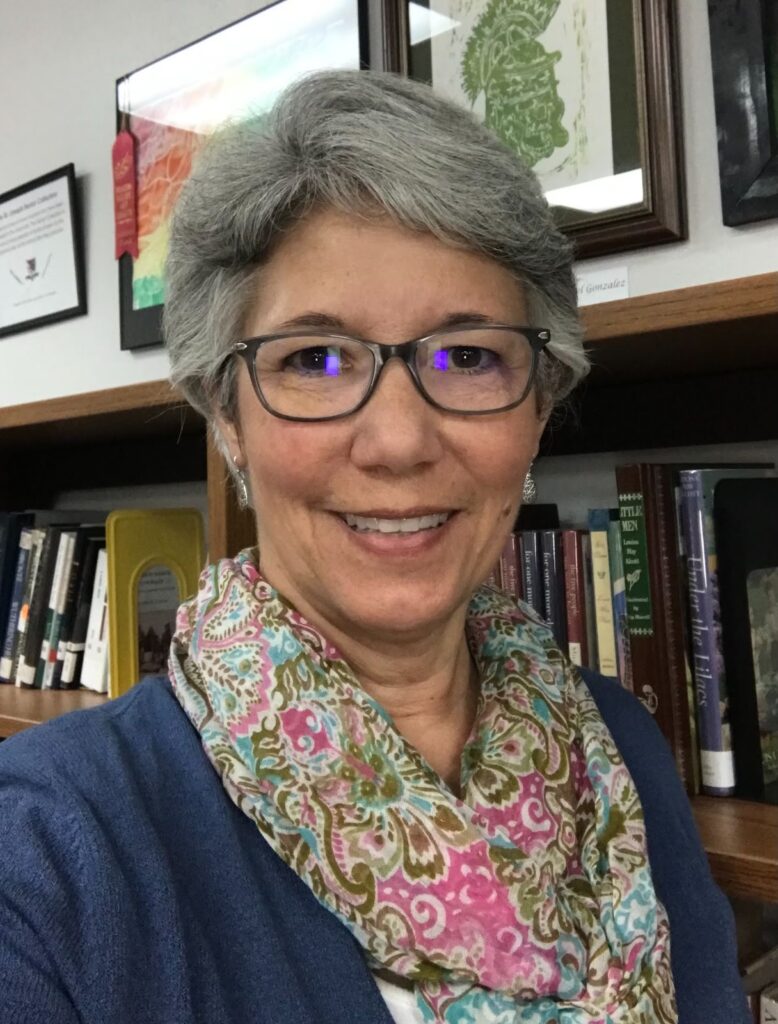Book Talk using FLIP
Destin Middle School has a great idea when it comes to students sharing books. They host a “Books and Bagels” book talk at the local Panera Bread. Literacy coach, Kay Armstrong says that it has encouraged kids to read because it was an event. Students sit around in small groups at tables and discuss books. (Houghton, 2011). Book talking is a wonderful activity for kids. This multiple-day lesson takes it to the next level by mixing technology with book talking.
Plan-Teach students about book talking and how to share their book talks via Flip.
Promotion-Fliers in the library as well as school/library website and personal invitations to students who already like to share books. Giving personal invitations ensures that you will have students who consider themselves readers and you know who is more likely to share. It is important at this first session you have students who like to share.
Preparation-Have a book that you would like to share. Make sure students who are readers and consider themselves readers come to the first session to share. For the following sessions students will need to bring a device or one needs to be provided by the library.
Procedures-For the teacher/librarian-Read Batchelor & Cassidy’s article “The Lost Art of the Book Talk: What Students Want.” They offer wonderful criterion for delivering good book talks in person and how to get them on video. They include in the article a book talk essential checklist for students that serves as a rubric.
- First session-a lesson on what a book talks is and how to give a good book talk
- Second session-lesson on how to use Flip
- Third session-students record their book talks
- Fourth session-critique of book talks and how to make them better
Payoff-Book talks are an amazing way to introduce students to genres that they may have not been aware of or have never tried before. (Malock Zapata, Roser, 2012). It also allows for students to see good role models for reading behaviors. (Capalongo-Bernadowski, 2007). Many standards must be met in school classrooms. (Gruenthal, 2008). Book talks are a fun and creative way to meet the standards while encouraging higher order thinking skills. (Fischbaugh, 2004). One of the best reasons for doing book talks with students is that for the teacher it requires almost no preparation or materials. (Pruzinsky, 2014).
“Enjoying reading equals more reading and more reading equals better reading, especially when they are able to talk about what they have read.” (Houghton, 2011).
References
Batchelor, K. E., & Cassidy, R. (2019). The Lost Art of the Book Talk: What Students Want. Reading Teacher, 73(2), 230–234. https://doi-org.ezproxy.shsu.edu/10.1002/trtr.1817
Capalongo-Bernadowski, C. (2007). Book clubs at work. Library Media Connection, 26(3), 32–33.
Fischbaugh, R. (2004). Using book talks to promote high-level questioning skills. The Reading Teacher, 58(3), 296–299. https://doi.org/10.1598/RT.58.3.7
Gruenthal, H. (2008). 21st century booktalks! CSLA Journal, 31(2), 23–24.
Houghton, K. (2011, November 11). Books and Bagels: DMS students talk literature over breakfast. Destin Log, The (FL).
Maloch, B., Zapata, A., & Roser, N. (2012). Book talk in teacher education classes. Journal of Children’s Literature, 38(2), 82–89.
Pruzinsky, T. (2014). Read books. Every day. Mostly for pleasure. English Journal, 103(4), 25–30.








